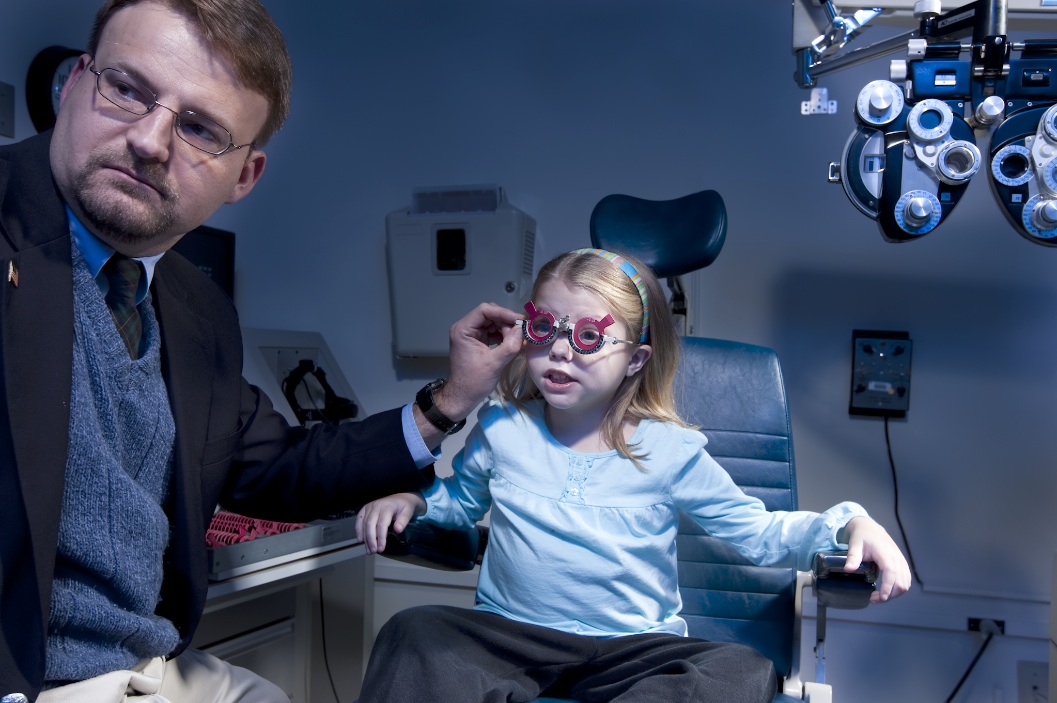

Today, nearly 40 percent of the U.S. population has myopia, or nearsightedness, and it’s only expected to grow. By 2050, 50 percent of the world’s population, a total of nearly 5 billion, will be myopic, according to a new review study published yesterday in the journal Opthalmology.
Much of the increase, the researchers suspect, is due to environmental factors, “principally lifestyle changes resulting from a combination of decreased time outdoors and increased near work activities.” In Asian countries with “high pressure educational systems,” they say, nearsightedness is even more prevalent, probably because children stay inside to study from a young age. Everyone’s increased screen time likely plays a role, too.
Based on that information, the researchers expect that the number of people with myopia in 2050 will be double what it was in 2000; high myopia, a more severe form of the condition, will have quintupled in the same timeframe, possibly due to a combination of genetic and environmental factors.
And while the researchers acknowledge that their study has limitations–some parts of the world lack information or offer conflicting data on the prevalence of myopia, that prediction has them concerned.
For most, nearsightedness is simply an inconvenience that can be corrected with glasses or contacts. But for the 1 billion people expected to develop high myopia, it also means a higher risk of other eye diseases such as macular degeneration, retinal detachment, cataracts, and glaucoma, which could cause blindness. In fact, the researchers predict that myopia will be the leading cause of vision loss by 2050.
There are interventions that opthamologists might recommend to patients to slow the progression of myopia—there are medicated drops and contact lenses and drugs that lower the pressure within the eye (high pressure can be a sign of glaucoma). But the researchers conclude that government, education, and healthcare systems have to work together to change the environmental factors that cause myopia in the first place.
